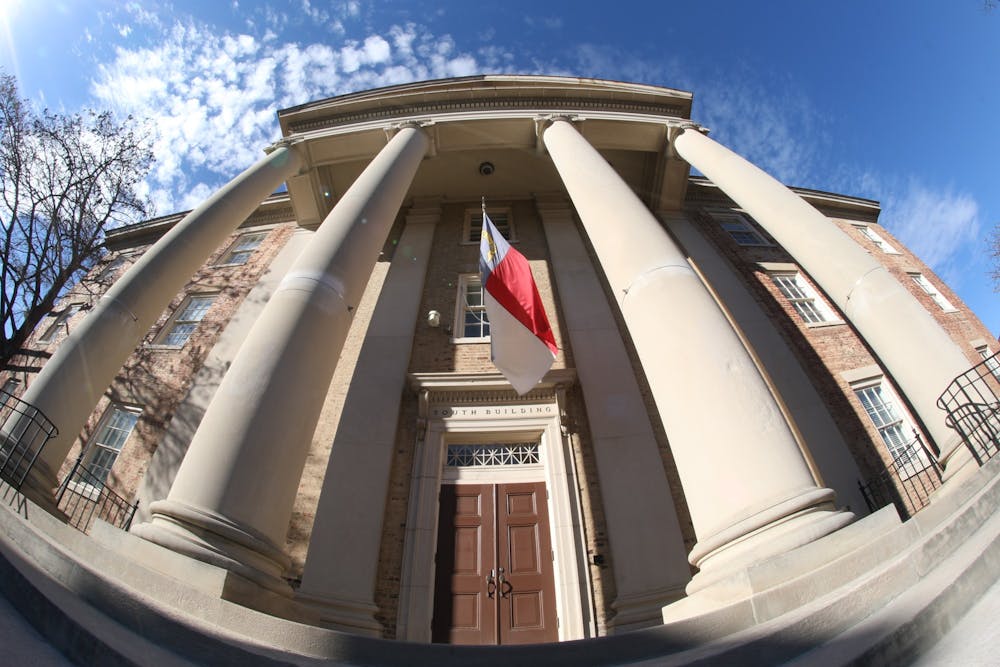The omicron variant poses a variety of risks to people who may become infected — such as transmission to community members and individual illness. It’s up to institutions to make informed decisions to protect not only their students, but their employees and staff.
This is a responsibility we haven’t seen UNC take on.
Effective health communication has been proven to be a key factor in the COVID-19 pandemic. Being able to identify when cases are spiking, tracing close contacts to prevent further transmission and communicating effectively to the community is the responsible first step that UNC must commit to.
Current research shows that the omicron variant is highly contagious, affects both vaccinated and unvaccinated groups — and is spreading rapidly. To mitigate this, the University must consistently test and report COVID-19 cases as they arise on campus, and complete contact tracing to prevent clusters from spiraling.
While UNC did require a test for on-campus residents before arrival, that was the end of their efforts. On Jan. 5, before most students returned to campus, there was a significant spike in cases — one of the highest single-day totals UNC has seen since fall 2020.
And instead of making a public notification, the University promptly removed its COVID-19 dashboard from view, pausing its updates until Jan. 10.
Additionally, cluster reporting has changed since the fall of 2020 to follow NCDHHS definition. By this new definition, a cluster is five or more COVID-19 cases with plausible epidemiological linkages — cases that were present in the same setting during the same time period, where the timing fits with the timing of likely exposure and where no other sources of likely exposure are considered.
In previous semesters, a cluster was reported when there were five or more cases that were deemed in proximal location. But by only requiring cases with epidemiological linkages be reported, it leaves individuals that test positive and aren’t linked to avoid being accounted for in public cluster notifications.
This, in turn, leaves multiple cases going under the radar of the local community — and leaves it up to the person infected (likely a busy college student), to complete their own contact tracing. It prevents the number of cluster notifications from spiraling, but puts the health of UNC students and the local community at risk.




